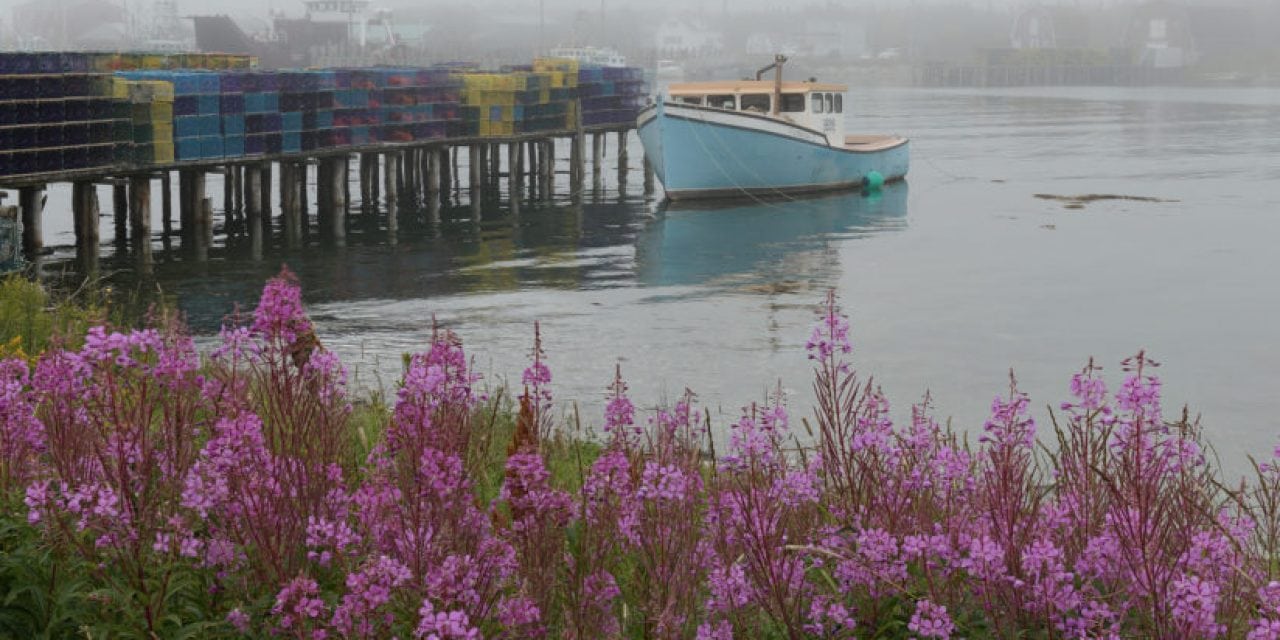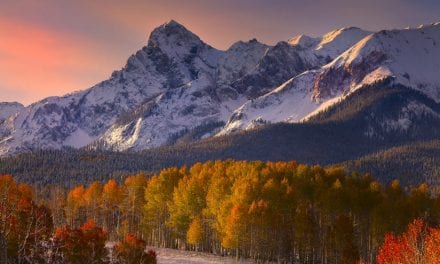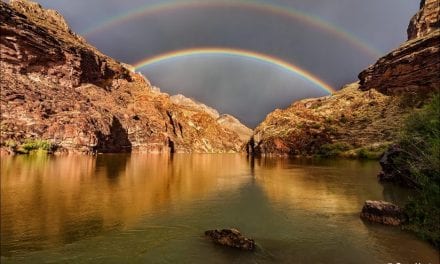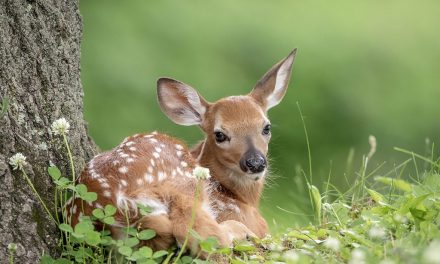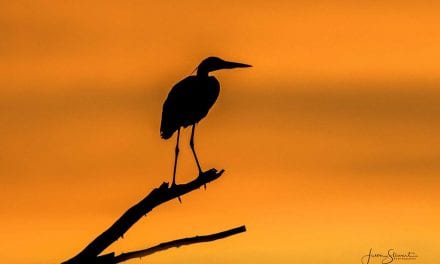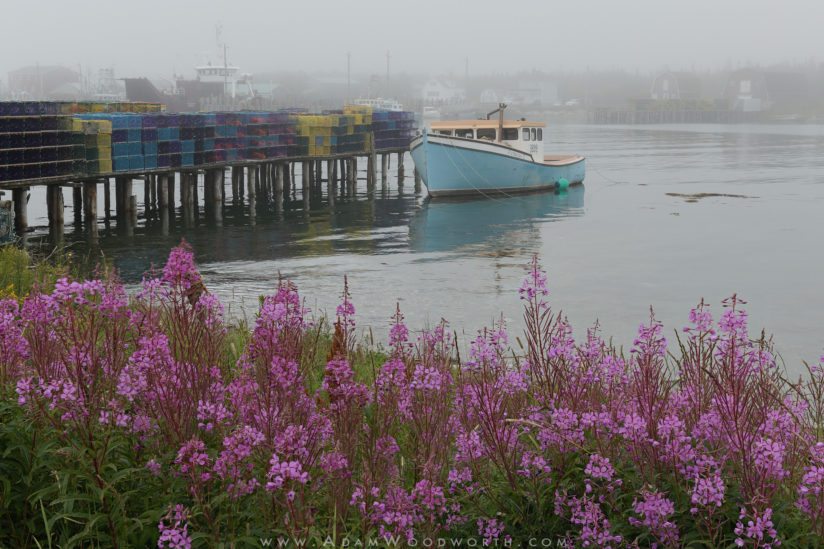
Next to the new 45.7 MP backlit sensor, my favorite new feature of the Nikon D850 is the Focus Shift mode. This is automatic focus stacking in-camera! Well, almost — you still need to blend the focus stack in software, but this mode will automatically move the focus of the lens between shots.
The way it works is you pick a number of shots and a step number for how much to move the focus between each shot. Then you pick your starting focus point (set focus as you normally would), then when you start the focus shift the D850 will automatically start taking shots, moving the focus between each shot, until it goes through all the shots or until the lens reaches infinity, whichever comes first. (Note that this mode can only be used with the built-in shutter speeds of 30 seconds or less.)
Focus stacking is a technique used to capture greater depth of field than could be captured in a single image. The separate exposures are blended later in software. For landscape photography this is often a necessary technique when foreground objects are too close to the lens to get both them and the background in focus without using a very high aperture and causing softening due to diffraction.
I tried the Focus Shift feature a few times while I was lucky enough to have a D850 earlier this month for testing on loan from Nikon. With a little experience I was able to figure out the settings pretty quickly and get the shots I needed. In this particular example above, I had the camera take 5 shots in focus shift mode but in post I only ended up needing 3 of them, 2 to focus stack the foreground flowers, and 1 to focus stack the background with the foreground.
I used Helicon Focus to focus stack the flowers since stacking flowers manually in Photoshop is a nightmare, and sometimes Helicon Focus does a better job than Photoshop’s auto-blend mode. In Helicon Focus, I used Method C (pyramid) for the focus stack and that resulted in the best blend for this particular situation with the flowers. Then I took that result and manually blended in the background from from another shot using Photoshop. I didn’t blend the background with the flowers in Helicon Focus because the boat moved with the water and resulted in ghosting in the stacking. The flowers have some ghosting as well but the duplicate flowers tend to blend in with the rest of the flowers.
See my previous post “In The Dark With The New Nikon D850” on the camera’s night photography capabilities.
Learn more about my Milky Way editing techniques through my video tutorials for sale on my website, adamwoodworth.com.
The post Focus Shift With The Nikon D850 appeared first on Outdoor Photographer.

